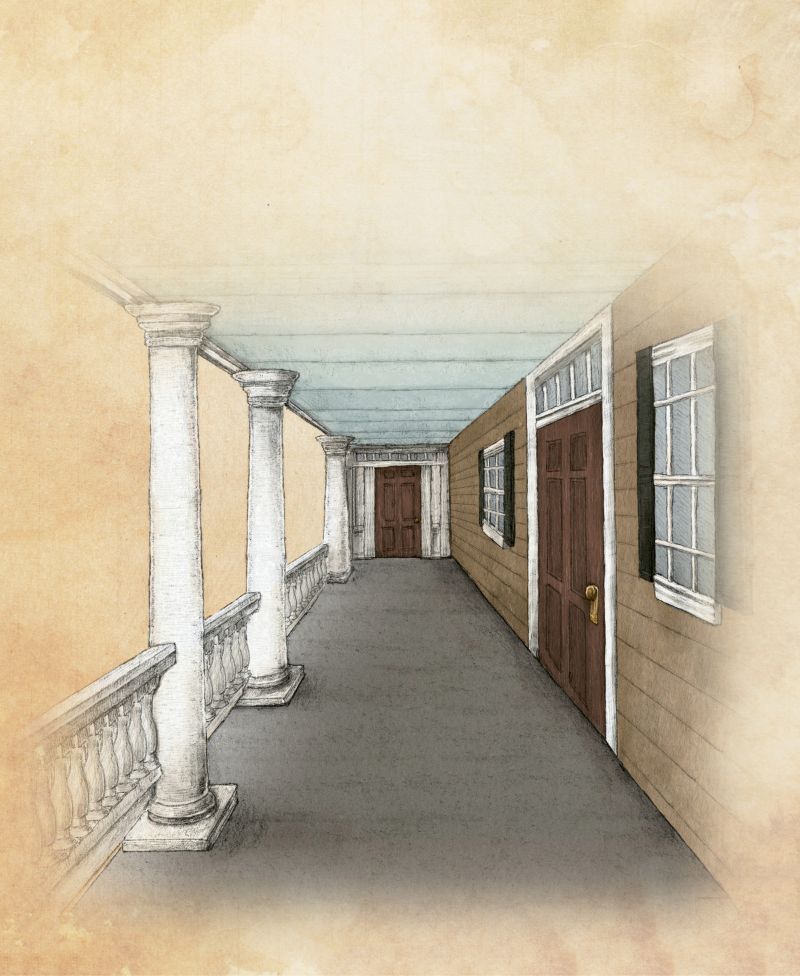
The Holy City still uses the 17th-century term “piazza”—which comes from the Italian word meaning “open space”—instead of the more common “porch” or “veranda.” The unique verbage seems rather appropriate when you consider that the Charleston single house piazza is a distinctive example of vernacular architecture—design based on local needs, culture, and tradition. Read on to learn more about this outdoor expanse particularly critical in the days before air conditioning.
Southern Exposure - Charleston single houses were purposely built with the piazzas facing south or west to get the cooling, prevailing breezes from the sea. Louvered wooden screens on some piazzas provided privacy and blocked the afternoon sun’s rays.
Capital Orders - The decorative columns often represent the classic revival style of architecture using Doric, Ionic, and Corinthian motifs. Some grander homes feature the simpler Doric columns on the ground-level piazza, with more detailed Ionic columns on the second floor and elaborately carved Corinthian capitals on the third.
Party Proper - The ground-floor piazza was primarily an entrance area, with entertaining done on the second floor, further from the dust and noise of the street. This piazza adjoined the upstairs drawing room, often the main “living room” in earlier times.
Post Notes -The protective railings called ”balustrades” differ in style according to the home’s architecture. Some smaller houses have simple wooden posts for balusters, while more elaborate residences boast those in Chinese Chippendale or candlestick-shaped motifs.
It Haint Necessarily So - The idea that piazza ceilings were painted light blue due to the Gullah belief that the color warded off evil spirits (or ”haints”) is more fable than fact. “Piazza blue” likely resulted from a desire to use a light, reflective hue to visually open the enclosed space, coupled with the availability of blue dye made from the indigo plant—a prized commodity in 18th century Charleston.